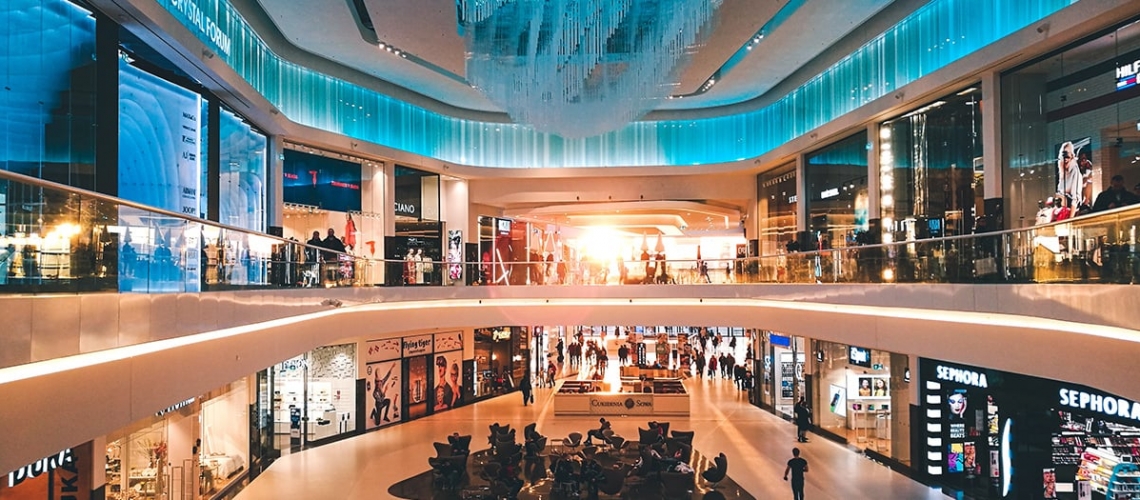Some may think that the store music you play isn’t important, but this is not true at all. The music you play affects your customers—and your bottom line.
In many grocery and retail stores, quite a few owners spend a lot of time and effort to arrange their products in specific ways to help boost sales and customer satisfaction. But modern research has found that sound—and more specifically in-store overhead music—affects consumer behavior more than we think.
The effects are obviously subliminal, but in many ways people can be influenced considerably more by what they hear in your store compared to what they see. How music can influence people can surprise you.
Musical Genre
Many retail stores play Christmas music during November / December and a large part of that is because this type of music stimulates the consumers’ holiday spirit. This influences them to buy more Christmas-type items. It’s no wonder that some stores play this kind of music as early as October!
The genre is one of the things that people notice about the music you play, and they can subtly tell people what to do. Modern music can invite young consumers in, while classical music can convince people to be more sophisticated and buy more expensive items such as the higher-priced wines.
One study found involving a wine store was that when the store played French music, more consumers bought French wine. When they switch to German music, German wine sales increased as well.
Finally, researchers have also noticed that people perceive a shorter waiting period when you play their preferred music.
Loudness
The volume of your music can also affect consumer behavior. In general, you’re better off playing music softly, because on average loud music causes people to spend less time shopping.
However, it may depend on the age of your potential consumers. The younger customers actually spend more time shopping when the volume is loud enough to be on the foreground. With older buyers, the loner shopping time is the result of having music in the background.
Speed
The musical tempo is also a crucial factor. It’s been found that when you play fast music, people still buy the same amount, but spend less time in your store.
On the other hand, when you play slow-tempo music customers also move slowly or just relax. They spend more time in your store, and consequently they also buy more.
That’s not to say that slow music is inherently better than fast music (or vice-versa). It all depends on the kind of retail establishment you’re running. In fast food stores where people line up to buy the food, you may want to speed up the music so that you can accelerate the turnover and encourage people to eat faster. But if you’re running a late-night diner and you want people to stay longer and buy more food and drinks, the slow-tempo music makes more sense.
Just remember that there are no hard and fast rules about how in-store overhead music affects people. The same songs in one store may have a different effect when played in another. But it’s undeniable that the music you play does have a crucial role in influencing your customers’ behavior and can actually be a game changer to your bottom line.

